The Best Veggies for Guinea Pigs: Guinea Pig Diet In-Depth Guide
What can be included in a Guinea Pig's Diet? We have a master list for that.
For those who want a quick and easy way to plan out their guinea pig's meals, we have a veggie master list. Guinea pigs' diet should consist of unlimited amount of hay, about 1 cup of vegetables a day, and 1/8 cups of pellets a day (with fortified vitamin c, if the vegetables given does not contain enough vitamin).
Introducing New Vegetables
Whenever you come across new vegetables, you wonder whether you can give the veggies to your guinea pigs. Especially as a new owner, you are inundated with false information across the web and often find yourself lost.
In this guide, I want to help everyone understand the basics of guinea pig diet and effectively answer the question “what vegetables can guinea pigs eat?” If you want to be confident about feeding your guinea pig, please read on!

Guinea Pig Diet Basics
First things first. Before we jump into the list of vegetables guinea pigs can eat, we must first understand the basics of guinea pig diet.
Guinea pigs need 24/7 access to clean water. There are two ways of providing water bowl or bottle, but I recommend bottle. The guinea pigs tend to poop and run a lot. There is a high chance that guinea pigs will kick their poop into the water bowl, contaminating it. I also recommend getting multiple water bottle so every guinea pig will be able to drink when they want to.
The next most important diet for guinea pig is the grass hay (i.e. Timothy Hay, Orchard Hay). Unlike humans, who normally have two to three meals a day, guinea pigs need to constantly eat hay for their stomach to work properly. This means you cannot portion hay for your guinea pigs. They need to have huge amount of unsoiled hay accessible for them 24/7. You do not want the hay to ever run out.
If you have baby guinea pig (under 6 months old), try to supplement with alfalfa hay to supplement their growth.
We recommend GuineaDad Nourish Series – Timothy Hay or GuineaDad Nourish Series - Orchard Hay to those who want to provide the best food for their guinea pigs. Not only your guinea pigs will have 24/7 access to highest grade hay, but hay will also stay clean. Each box contains weeks’ worth of hay, which is always more than enough. Lastly, the design encourages guinea pigs to be more active – lessening the possibility or severity of guinea pig obesity.
Click to watch two episodes of videos covering vegetable guinea pig diet plan
Episode 1
Episode 2
Why Do Guinea Pigs Need Vegetables?
Guinea pigs will also need various micro-nutrients such as vitamins and minerals. Vitamins Proper level of intake of different micro-nutrients are key to having guinea pigs stay healthy and happy.
It is important for the guinea pig parent to look out for couple main micro-nutrient (and other) metrics when feeding vegetables to guinea pigs. I will talk about three metrics that we should look at: vitamin C, calcium to phosphorus ratio, and sugar
Vitamin C
Unlike many animals, guinea pigs cannot produce their own vitamin C. You will need to provide about 25 – 30 mg of vitamin C to a guinea pig per day.
It is possible to give guinea pigs vitamin C from pellets with fortified vitamin C and other supplements. However, the vets usually recommend that we sufficiently supplement our guinea pigs with vitamin C through feeding vegetables even if you are giving them pellets and other supplements.
The best vegetable for vitamin C is hands down bell pepper. It does not matter which color you feed your guinea pig. You can give them all sorts of color – red, yellow, green, or orange. Their nutrition levels are all slightly different, but the vitamin C in all four colors are significantly better than most other vegetables available.
The research also says that, for unknown reason, bell pepper had an effect of lowering the case of urinary tract infection, which is common among adult guinea pigs.
Calcium (to phosphorous ratio)
Calcium is important (despite the bad reputation in the guinea pig community). It is not always bad, but it can be bad. Humans and guinea pigs alike, animals need calcium to make up our bones. Especially for baby and pregnant guinea pigs, you need to provide enough calcium to help them grow healthy.
The downside of calcium is if you have too much (generally speaking), it can cause problems in guinea pigs. It is not only the absolute amount of calcium, but the relative amount of calcium compared to phosphorous is very important. If you have too much calcium compared to phosphorous it could cause urinary tract infections and stones. The recommended ratio of Ca:P is 1:1 to 2:1
Sugar
You might have guessed it. You need to limit the amount of sugar intake. Some vegetables and most fruits are very high in sugar. This is why you might have heard many people say that you should limit the amount of fruit and treats that you give your guinea pigs.
However, it is generally acceptable to give small amount of fruit once a week as a special treat. Some of the fruits that you can share with your guinea pigs are strawberry, banana, and grapes. If you are curious about portions, health benefits and other information about different fruits, you can click on the link listed below.
https://guineadad.com/blogs/news/can-guinea-pigs-eat-bananas
https://guineadad.com/blogs/news/can-guinea-pigs-eat-strawberries
https://guineadad.com/blogs/news/can-guinea-pigs-eat-grapes
The video below will cover a lot of things mentioned above and also get into the meal plan
Can Guinea Pigs Eat Lettuce?
While Lettuce is technically safe for your guinea pig, it is not recommended in large doses. Different types of lettuce have different impacts on your piggie. For example, Iceberg Lettuce has very little nutritional value as it only contains small amounts of Vitamin C. Iceberg lettuce is not toxic but can cause diarrhea and stomach problems. Thus, Iceberg lettuce should be avoided. However, Romaine lettuce can be eaten more frequently. Romaine lettuce is rich in Vitamin A and supplies doses of Vitamin B6, Vitamin C, potassium, and iron. Yet, we normally recommend green leaf lettuce and red leaf lettuce over romaine lettuce for guinea pigs who has urinary issues or show signs of high calcium intake (white deposits in urine). Nonetheless, definitely do your research on which leafy greens are the best for guinea pigs before you start them on a new diet regimen!
Here are three meal plans that I put together based on the guinea pig veggie list.
Fit for most guinea pigs - Rainbow Mix: This is great all-rounder with colorful veggies guinea pigs can eat! If your furry friend has a bit of sweet tooth, they will love this!
1/2 of baby carrot
1 stick of chopped celery1/4 slice of yellow bell pepper
(per guinea pig per day)

Young guinea pigs (Less than 6 months old) Green Power Mix: This one is great for healthy guinea pigs and is geared more towards younger guinea pigs.
1 outer leaf of green leaf lettuce
3 to 4 strands of parsley
1/4 slice of green pepper
(per guinea pig per day)

Guinea pigs showing white urine deposit or urinary issues Urinary Health Mix: This one is great for adult guinea pigs. Especially great for guinea pigs with previous history of UTI or stone.
1 quarter of cucumber
1 outer leaf red lettuce (or more than 1 inner leaf to match the size)
1/4 slice of red bell pepper
(per guinea pig per day)
The key to a happy piggy is to keep things mixed up now and then. We will continue to increase the meal plans with more good veggies for guinea pigs, so be sure to come back to check them out every month! Happy veggie feeding!
Frequently Asked Questions
My guinea pigs do not like bell peppers. What do I do?
In many cases, guinea pigs’ taste bud changes over time. Some guinea pigs take longer to get accustomed to new food whereas some do not care as much. When it comes to bell peppers, I would suggest you keep trying. The benefit of this vegetable is so big that I would not suggest any other way. As mentioned in the guinea pig bonding article, I would suggest chopping them up in a very small piece to get them to taste it every day.
Updated 10/06/2020









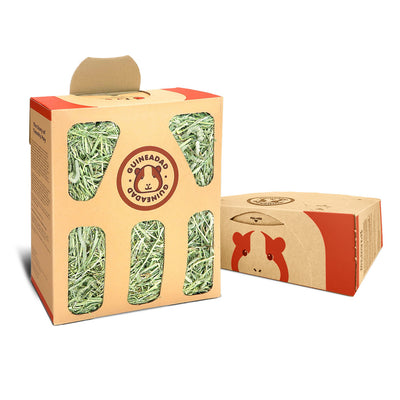
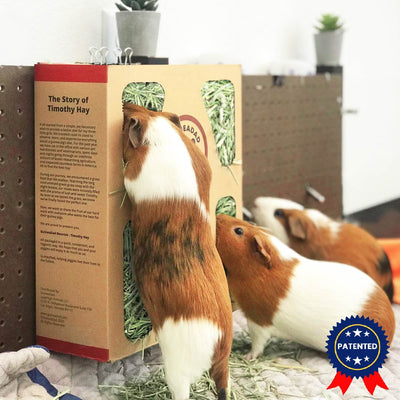
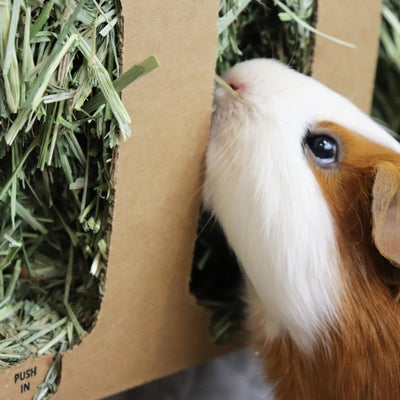
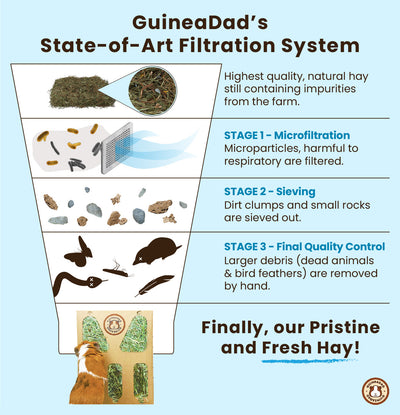
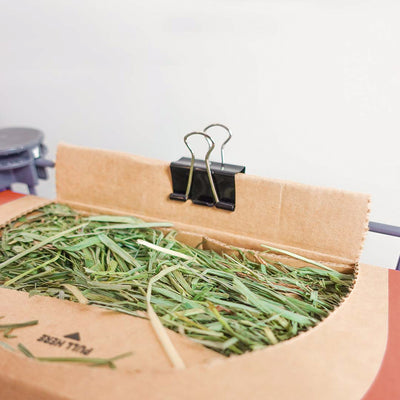
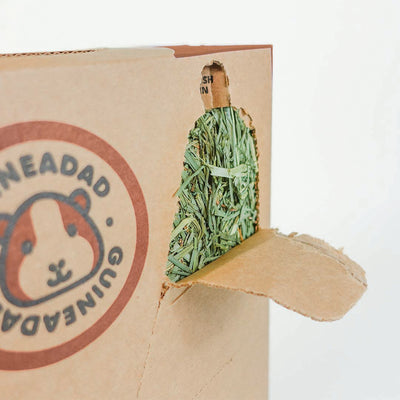
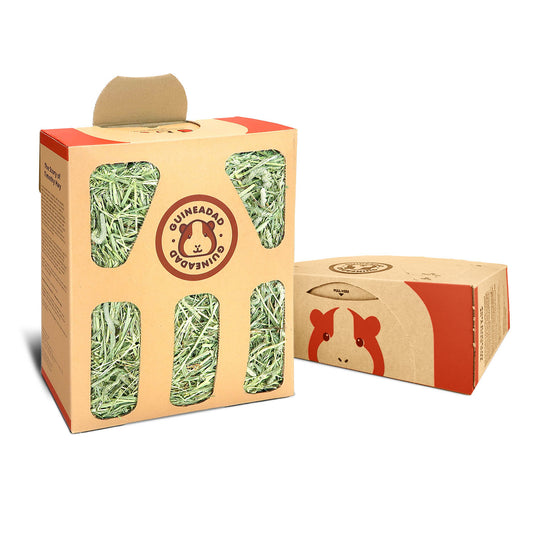
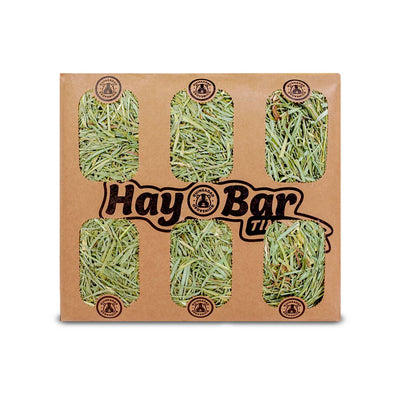
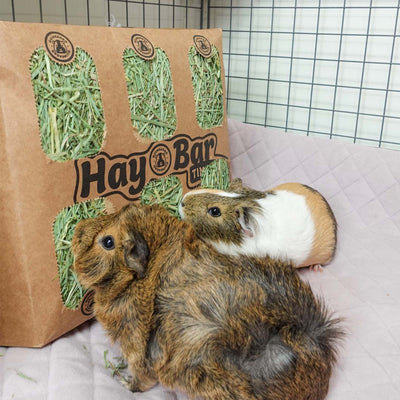
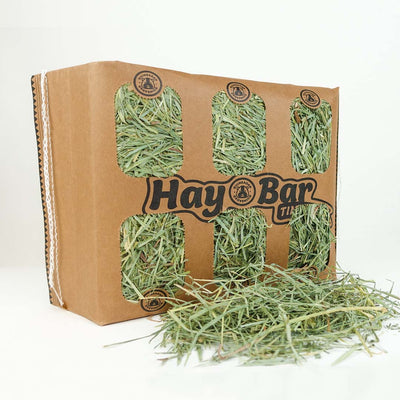
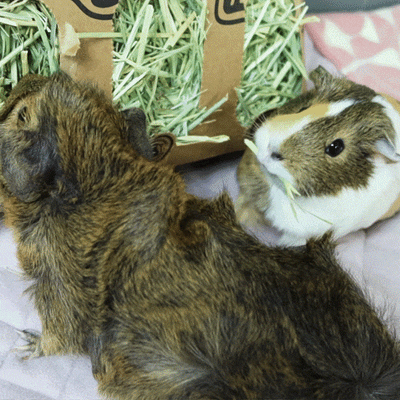
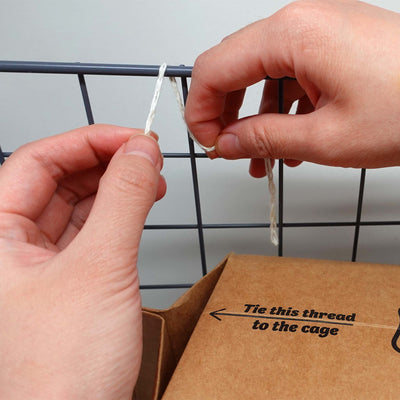
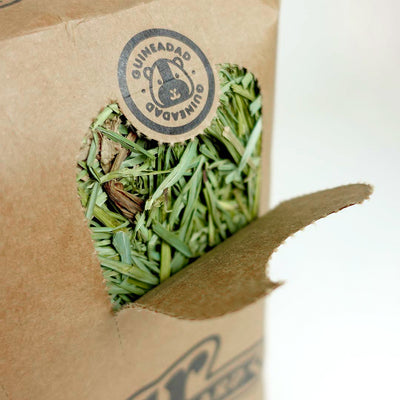
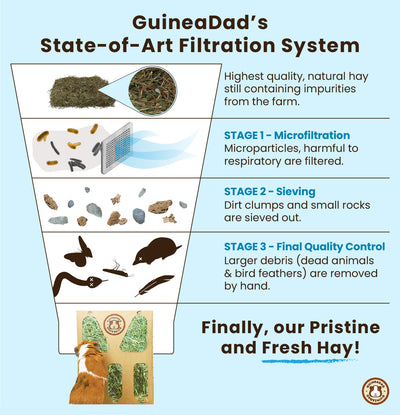
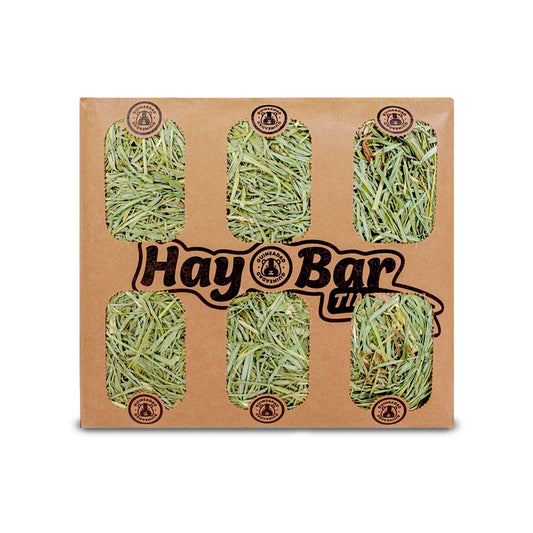
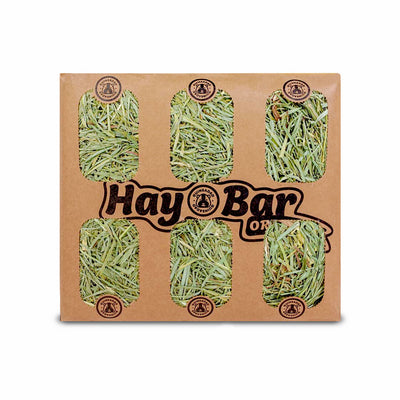
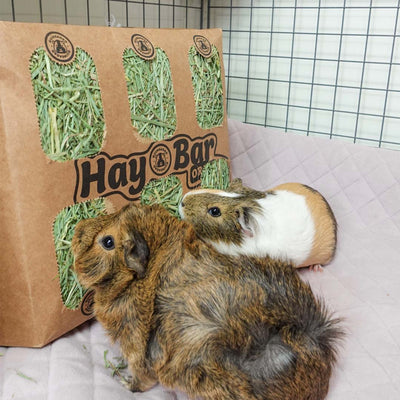
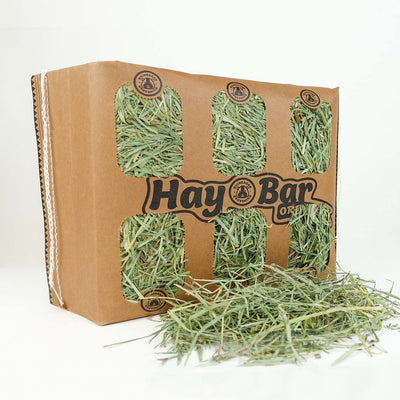
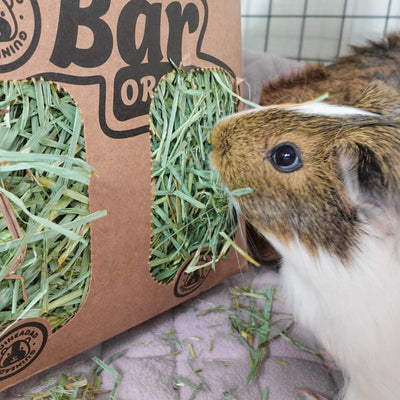
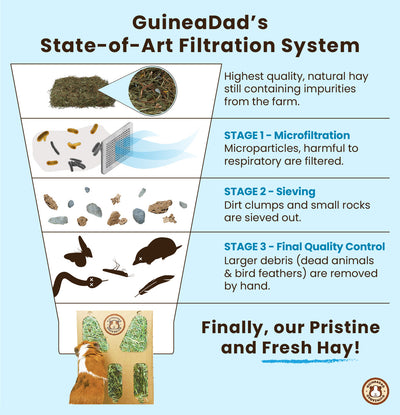
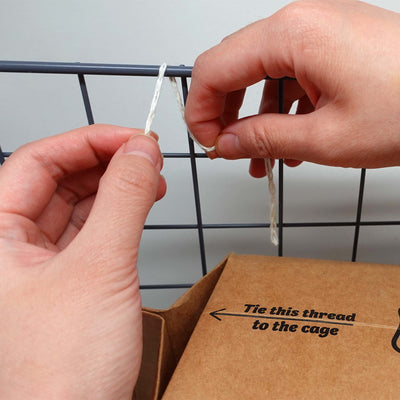
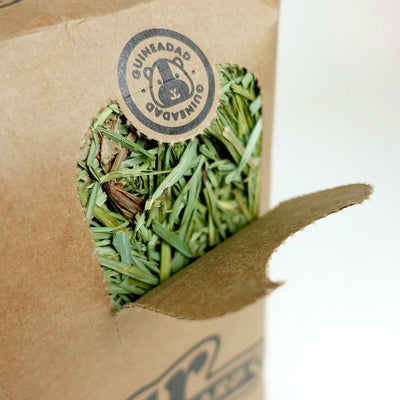
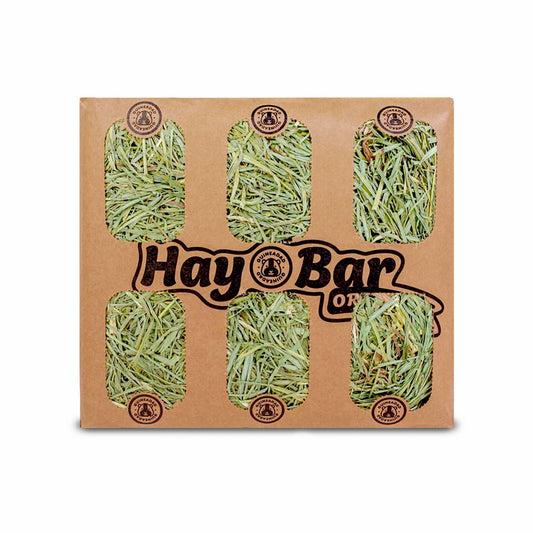
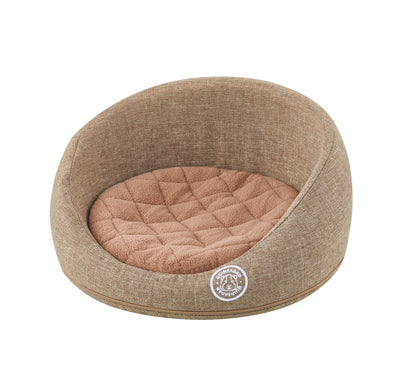
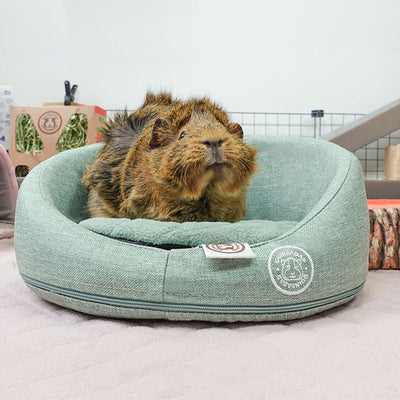
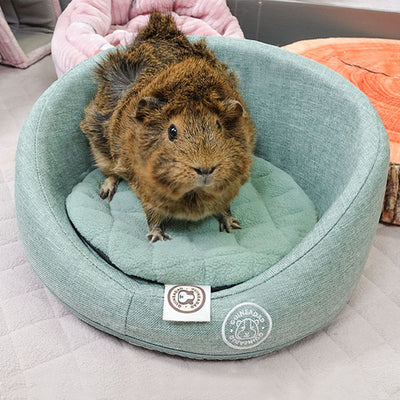
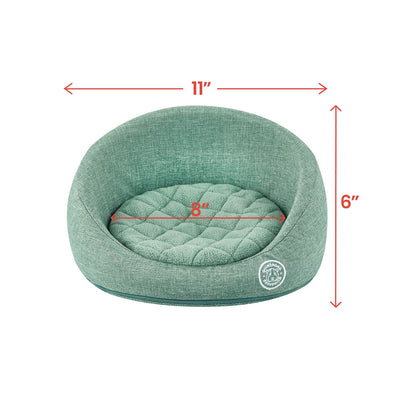

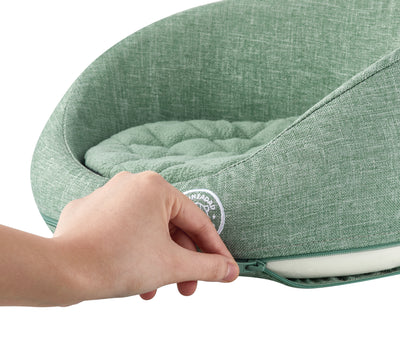
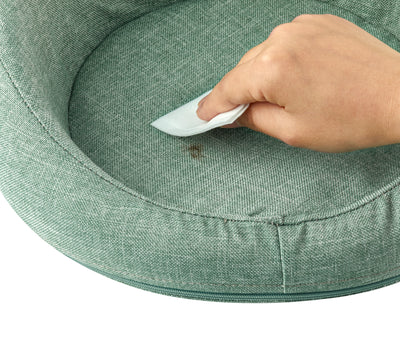
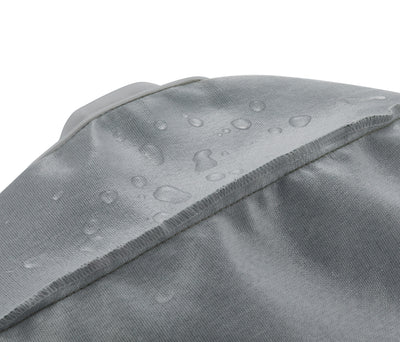
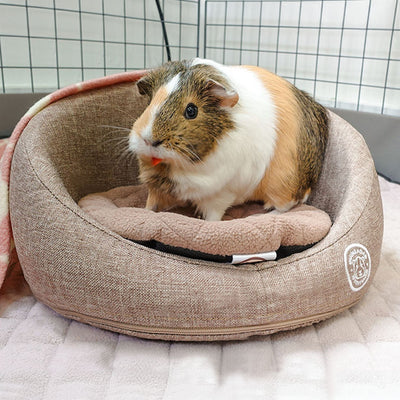
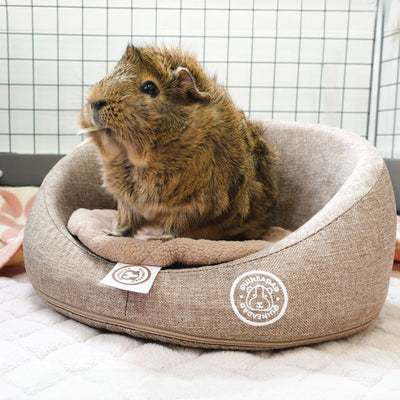
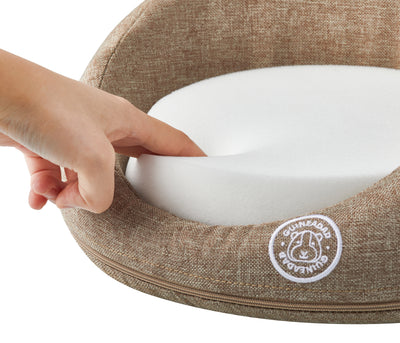
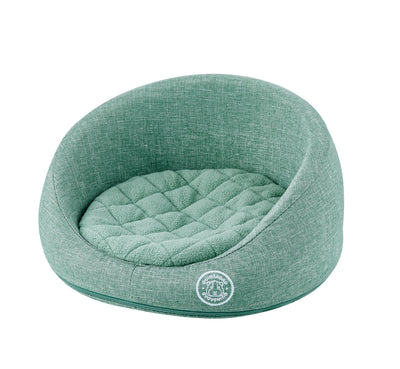
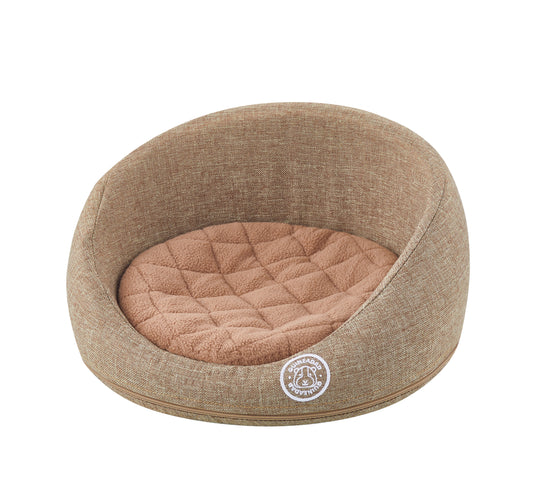


16 comments
I find that my piggies enjoy flavorful vegetables such as bell pepper, kale, and dill. I also like to scatter some of their vegetables to provide some foraging opportunities.